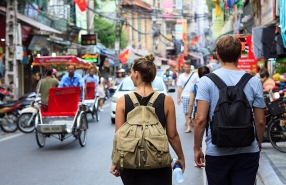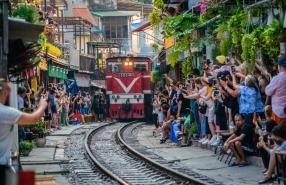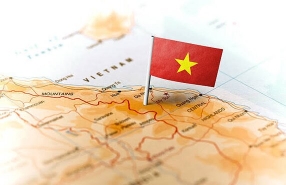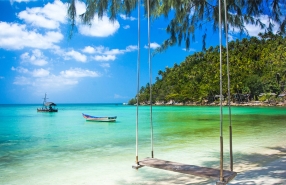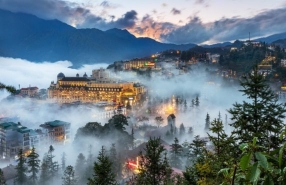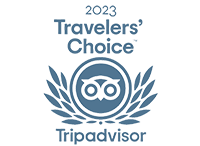How Many Days Is Enough Days In Hanoi ?

Hanoi, the capital of Vietnam, is a true crossroads between East and West, blending millennial traditions with vibrant modernity, urban bustle with the tranquility of peaceful lakes. A city of contrasts and emotions, it touches the heart of every traveller. How many days in Hanoi ? Between its must-see attractions and hidden gems that invite you to discover Hanoi differently, this guide provides practical advice, suggested durations, and itineraries to explore the richness of this fascinating metropolis.
How many days in Hanoi ?
I. Is Hanoi worth visiting ?
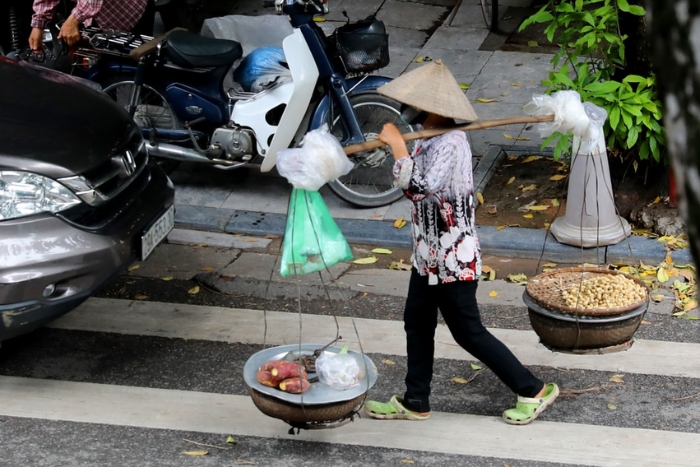
Hanoi is more than just a capital: it is a city with over a thousand years of history. Ancient ruins, colonial villas, and quiet pagodas mingle in every street, offering travelers a unique encounter between East and West. How many days in Hanoi ? It depends on how much you want to explore, since a visit to Hanoi is not limited to its monuments—it’s also a journey of flavors and memories. What to do in Hanoi ? Exploring the streets, tasting local specialties, and discovering its contrasts is the best way to feel the heartbeat of the city.
II. How many days to spend in Hanoi? Best itineraries
1. What to do in Hanoi in 1 day?
How many days is enough days in Hanoi ? A single day in Hanoi may seem short, but it is enough to discover the city’s must-see sites. Between historical monuments, serene pagodas, fascinating museums, and traditional performances, even a brief stay gives a good overview of Hanoi’s heritage, culture, and atmosphere.
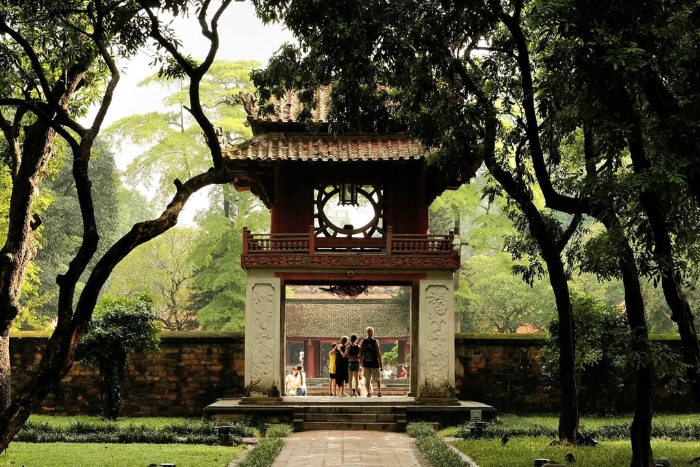
Morning:
Ho Chi Minh Mausoleum – the iconic resting place of Vietnam’s founding father.
Temple of Literature – Vietnam’s first university, symbol of Confucian learning.
Tran Quoc Pagoda – the oldest pagoda in the city, on the shores of West Lake.
Hanoi Old Quarter – a maze of lively alleys where each street tells the story of a traditional craft.
Afternoon:
Vietnam Museum of Ethnography – immerse yourself in the diversity of Vietnam’s 54 ethnic groups.
Thang Long Water Puppet Theatre – a unique folk art performance depicting legends and rural life.
2. What to do in Hanoi in 2 days?
A Hanoi itinerary 2 days offers a beautiful balance between culture, history and gourmet discoveries. How many days in Hanoi ? After a first day devoted to the main highlights, the second day allows you to venture a little outside the city center to visit traditional craft villages in Vietnam and delve more deeply into the soul of the capital.
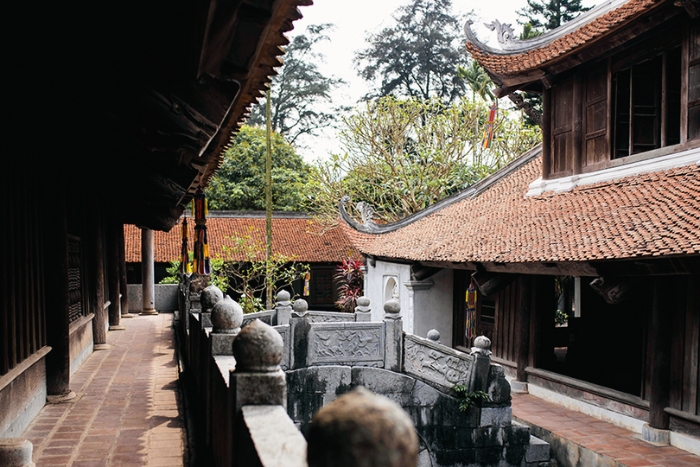
Morning:
But Thap Pagoda (Ninh Phúc Tự) – a 17th-century temple famous for its intricate carvings and the statue of Quan Am with a thousand eyes and arms.
Dong Ho Folk Painting Village – discover traditional Vietnamese folk art through its colorful prints.
Afternoon:
Hoa Lo Prison – a former detention site turned museum, recounting an important part of Vietnam’s history.
Hom Market – a lively market renowned for silks and fabrics, perfect for fashion enthusiasts.
Hanoi Vespa Street Food Tour – explore the city’s street food on a vintage scooter.
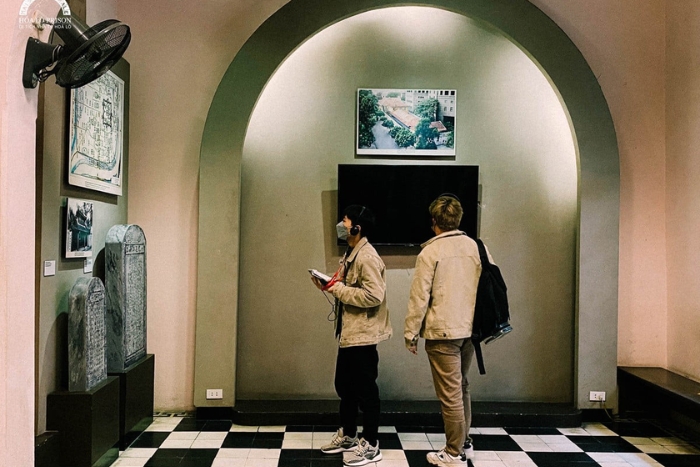
3. What to do in Hanoi in 3 days?
How many days in Hanoi ? With 3 days in Hanoi, you'll have time to go beyond the classics and enjoy more authentic experiences, blending local discoveries with unique moments. The third day can be spent exploring iconic aspects of Hanoian daily life and enjoying memorable experiences.
Morning:
Long Bien Bridge – a symbol of the city’s history, built during the colonial era and still full of emotion. It is particularly interesting to visit in the morning, when trains cross the bridge, or around midnight, when the Long Biên Market – one of the seven most fascinating markets in the world – is at its liveliest.
Buoi Market – renowned for its fresh tropical fruits such as rambutan, dragon fruit, and durian.
Tay Ho Shrine (Phu Tay Ho) – a lakeside Buddhist shrine; don’t miss the local shrimp cakes.
Thang Long Imperial Citadel – a UNESCO World Heritage Site and the historic heart of Hanoi for over a thousand years.
Afternoon:
Heritage House at 87 Ma May Street – a fine example of traditional Old Quarter architecture.
Pedicab ride – explore the lively streets in an authentic way.
Hanoi Train Street – experience the unusual sight of a train passing through narrow alleys lined with cafés.
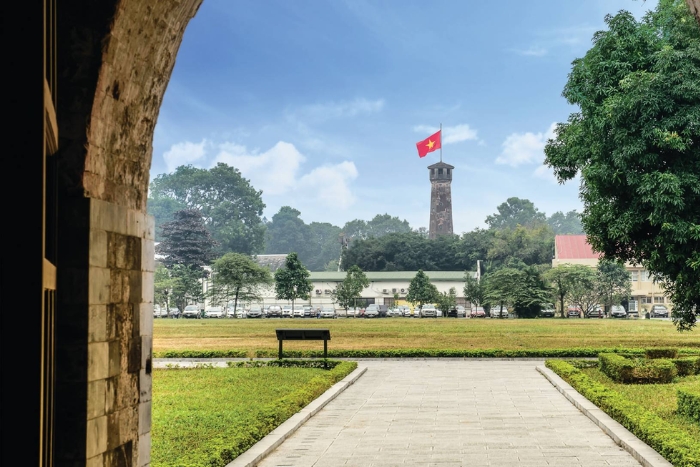
4. What to do in Hanoi in 4 days?
What to visit Hanoi in 4 days? This fourth day invites you to immerse yourself in Vietnamese culture like a local by visiting an ancient traditional village, before returning to the city for a friendly cooking class and a lively evening in the streets of Hanoi.
Morning:
Duong Lam Ancient Village – the entrance is marked by a centuries-old banyan tree. Explore wells, lotus ponds, and laterite streets. The communal house of Mong Phu (1553) is a jewel of rural architecture in the Red River Delta.
Afternoon:
Cooking classes in Hanoi – what to do in Hanoi ? Start with a stroll through a bustling local market to select fresh ingredients, then continue to a peaceful colonial villa. In the garden, a passionate host will teach you how to cook four iconic specialties, including bún chả, nem rán, and the famous egg coffee (Cà Phê Trứng). More than a class, it is a warm, shared experience, like a family meal with the locals.
Ta Hien Street – conclude the day on the liveliest street in the Old Quarter, perfect for bars, local beers, and an open-air Hanoi nightlife.
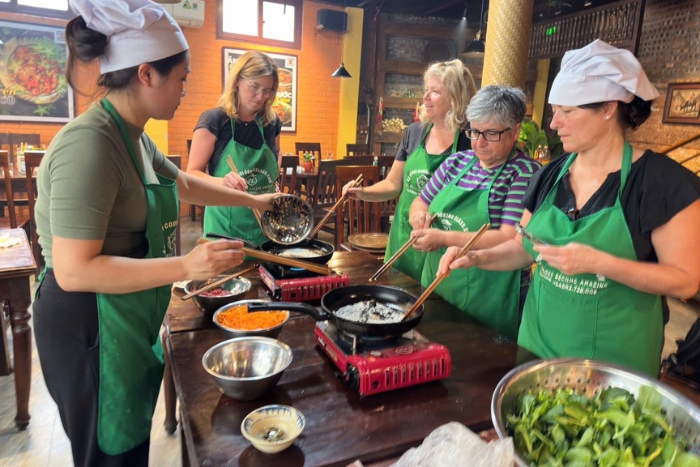
III. What to eat in Hanoi? 10 specialties not to be missed
During your visit to Hanoi, experiencing the gastronomy is essential. Hanoi cuisine is an integral part of the trip. Here are 10 typical dishes in Hanoi you should not miss:
Phở (beef noodle soup) – a fragrant broth simmered for hours, tender strips of beef, and fresh herbs. A classic breakfast and a must-try for any visitor.
Bún Chả (grilled pork with vermicelli) – rice vermicelli served with grilled pork and aromatic herbs; popularized worldwide after being enjoyed by Obama and Bourdain.
Bánh Mì (Vietnamese sandwich) – a crispy baguette filled with pâté, charcuterie, pickled vegetables, coriander, and spicy sauce, offering an explosion of flavors.
Bánh Cuốn (stuffed rice pancakes) – thin steamed rice pancakes filled with pork and mushrooms, topped with fried shallots and served with fish sauce.
Phở Cuốn (beef noodle rolls) – fresh rice rolls with beef, salad, and herbs, dipped in a tangy sauce; perfect for hot days.
Chả Cá Lã Vọng (grilled fish with turmeric and dill) – a Hanoi specialty: turmeric-marinated fish grilled with dill and spring onions, served with vermicelli, peanuts, and herbs.
Bánh Tôm Hồ Tây (West Lake shrimp fritters) – golden, crispy shrimp fritters with a subtle iodized flavor, ideal enjoyed on a terrace at sunset.
Bún Ốc (noodle soup with freshwater snails) – a tangy tomato-based broth with snails and tofu, full of originality and balance.
Bún Đậu Mắm Tôm (fried tofu with vermicelli and shrimp paste) – rice vermicelli with crispy fried tofu, boiled pork, and fresh herbs, accompanied by fermented shrimp paste; a bold but essential taste of Hanoi.
- Cà Phê Trứng (egg coffee) – Hanoi’s famous sweet specialty: strong coffee topped with creamy whipped egg yolk foam, served hot or iced.
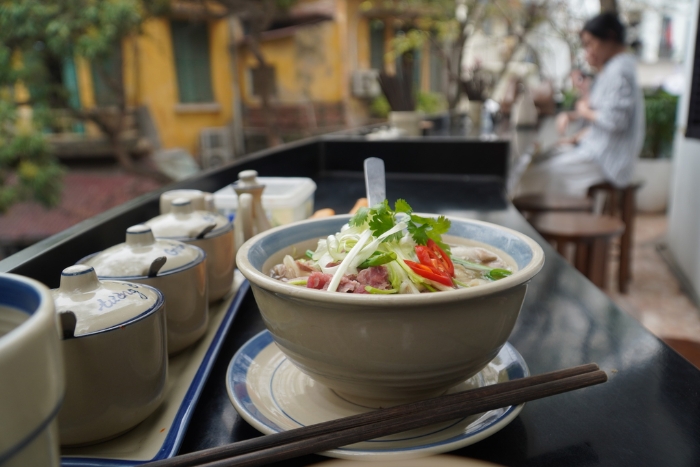
Read also:
>>> 10 Best Restaurants in Hanoi Old Quarter
>>> Where to Eat Pho in Hanoi ?
So, how many days in Hanoi ? A 2-day stay is ideal for the essentials, but staying longer allows you to combine cultural visits, culinary experiences, and off-the-beaten-path discoveries. For those asking what to do in Hanoi, consider cooking classes, craft village tours, or exploring local nightlife. You can also plan excursions to Ninh Binh or Sapa. With a travel agency in Vietnam, like Autour Asia, your itinerary can be perfectly tailored to fully enjoy the city’s many facets.
>>> Hanoi Tourist Map
>>> Luxury Travel Vietnam 2 Weeks
>>> Hanoi Travel Guide
>>> 10 days in Vietnam
>>> Duong Lam ancient village tour
How many days in Hanoi ? If you have 2 days, it’s the perfect duration to see both the main highlights and some authentic experiences. On the first day, explore the Old Quarter, the Temple of Literature, and enjoy a cyclo ride, with a dive into Hanoi’s street food scene. The second day can take you slightly outside the center to visit Hoa Lo Prison, Hom Market, and enjoy a culinary adventure on a Vespa. This itinerary offers a balanced mix of culture, history, and gastronomy.
The best way to get around Hanoi depends on your interests and the length of your stay. For those spending 2 weeks in Vietnam, combining different modes of transport is ideal: walking through the Old Quarter to soak up the atmosphere, taking a cyclo or scooter for typical rides, and using taxis or Grab for longer trips. Local buses are economical, while renting a bike or motorbike gives more freedom to explore. This variety allows you to discover Hanoi at your own pace while fully enjoying each neighborhood.
Related travel guide
Other similar articles
CUSTOMIZABLE BY LOCAL EXPERTS
Personalized trip at the original price!
REFUND GUARANTEE
We believe in our work and promise to give you money back.
GOOD PRICE / QUALITY
95% satisfied more than expected!
24/7 LOCAL SUPPORT
We are always available online to provide assistance at any time.
Most read articles
Autour Asia is highly recommended on
Embracing the mission of "Satisfied more than expected" and providing authentic experiences, we have received numerous recommendations on reputable travel forums:













